Stress is an unavoidable part of modern life, whether it stems from the relentless pace of work, the responsibilities of parenting, or the physical strain of an active lifestyle. While many recognize stress as an emotional or psychological burden, fewer understand its deep physiological impact. One of the most overlooked stressors is thermal stress - the body's struggle to maintain an optimal temperature in response to internal and external pressures. Left unmanaged, thermal stress can contribute to fatigue, cardiovascular strain, and impaired recovery (McEwen, 1998).
Understanding how different stressors impact the body’s thermal regulation - and how to manage them effectively - is essential for maintaining both mental and physical well-being. This is where Mij's™ monitoring technology plays a vital role, helping individuals identify and balance their thermal stress before it spirals out of control.
Comparing Mental and Physical Thermal Stress
Thermal stress is not a one-size-fits-all experience. The demands of a high-pressure job create different physiological responses than those of an endurance athlete, yet both types of stress can lead to temperature fluctuations that affect performance and health.
1. Workplace Thermal Stress: The Silent Health Hazard
Work-related stress is one of the leading causes of burnout, fatigue, and mental exhaustion. Studies in the American Journal of Industrial Medicine suggest that prolonged exposure to high-stress environments, particularly in temperature-variable conditions (e.g., air-conditioned offices vs. outdoor labor), can impair the body's thermoregulation, leading to discomfort, dehydration, and increased fatigue (Bates & Schneider, 2019). Common workplace thermal stressors include:
- Fluctuations in office temperatures that disrupt focus and metabolic stability.
- Prolonged sitting leading to inefficient heat dissipation.
- Elevated cortisol levels causing thermogenic responses that increase body temperature.
When stress builds unchecked, it can result in headaches, excessive sweating, and difficulty concentrating, all of which reduce workplace productivity (Sapolsky, 2004).
2. Parenting and Home Life: An Underestimated Thermal Stressor
Parenting and managing a household require constant physical activity, emotional regulation, and high energy output. Balancing daily responsibilities can lead to:
- Increased core temperature due to persistent movement and stress-induced metabolic activity.
- Disruptions in hydration levels, exacerbating thermal strain.
- Increased heart rate and sweat production, leading to rapid fatigue.
Long-term exposure to household-related thermal stress can disrupt sleep and impair immune function (Chrousos, 2009).
3. Physical Activity and Thermal Stress: The Double-Edged Sword
While exercise is beneficial for overall health, it significantly increases core body temperature. Studies in the Journal of Applied Physiology show that post-exercise hyperthermia can impair muscle recovery if thermal stress is not effectively managed (Bishop et al., 2019). Common issues include:
- Inadequate cooling post-exercise leading to prolonged inflammation.
- Poor hydration exacerbating heat retention and delaying recovery.
- High humidity environments reducing sweat efficiency, increasing core temperature (Cheung, 2010).
How Mij™ Helps Identify and Balance Thermal Stress
Mij’s™ cutting-edge thermal stress monitoring technology provides real-time insights into how temperature fluctuations impact recovery, performance, and daily function. By monitoring microclimate, Mij™ helps users proactively manage their thermal load.
1. Recognizing When Work Thermal Stress is Too High
- Mij™ detects prolonged ambient temperature elevations due to office stress.
- If thermal stress remains high for extended periods, Mij™ alerts the wearer suggesting cooling strategies, hydration reminders, or movement breaks.
2. Balancing Parenting Thermal Stress with Recovery Techniques
- Mij™ tracks temperature variations caused by continuous movement and emotional exertion.
- Personalized insights help users integrate cooling periods and hydration optimization.
3. Preventing Overtraining and Supporting Post-Exercise Cooling
- Mij measures post-exercise thermal retention to determine optimal recovery timing.
- HRV insights guide athletes in determining when to re-engage in physical activity without increasing strain.
Actionable Strategies to Manage Thermal Stress
- Use Mij™ Data to Plan Your Day
- If body temperature trends indicate high morning stress, implement cooling strategies before work.
- Recognize peak thermal stress hours and adjust tasks accordingly.
- Prioritize Cooling and Hydration
- Track hydration needs using Mij™ insights to support thermoregulation.
- Optimize sleep environment by maintaining cooler room temperatures and adjusting bedding for better heat dissipation.
- Recognize Thermal Stress Patterns and Adjust Accordingly
- If Mij™ detects persistent high thermal stress, adjust lifestyle habits, such as incorporating cooling towels or adjusting room humidity levels.
- If parenting responsibilities are increasing thermal stress, schedule short recovery breaks with cooling techniques.
Thermal stress doesn’t have to disrupt your life. Whether you’re in a high-stakes career, balancing home life, or pushing your physical limits, Mij™ provides the insights you need to stay ahead of stress and optimize recovery. By monitoring temperature fluctuations and implementing smart cooling, warming or hydration strategies, you can prevent burnout, enhance performance, and improve overall well-being.
Start listening to your body today. With Mij™, managing thermal stress isn’t just possible - it’s effortless.

